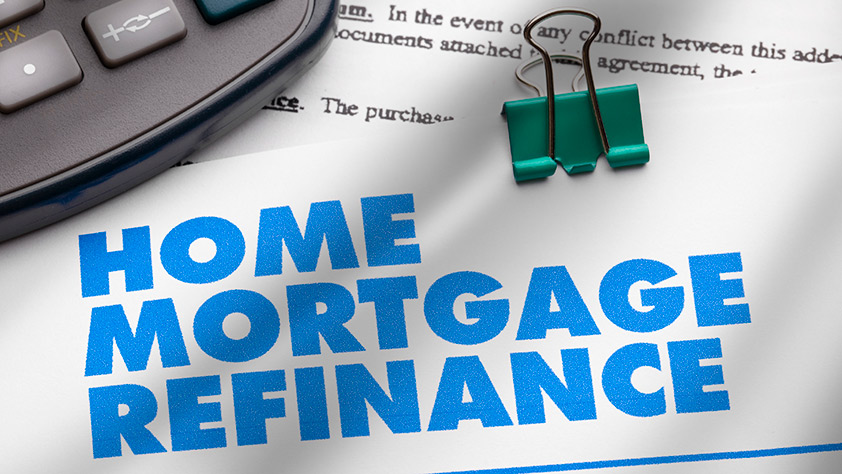There are all kinds of great reasons to refinance your home: You can leverage your equity to save hundreds of dollars a month in mortgage payments, make an important purchase or even shorten the length of the loan so you can enjoy a more debt-free life. But, to move forward with a good game plan, you should think through your options and track your refinancing progress.
1. Decide whether refinancing is advantageous
- Examine whether the current interest rate is lower than your existing rate. Experts often recommend refinancing only if your new rate would lower your current one by at least 1%
- Add up closing costs, transaction fees and other expenses to calculate the transitional expense of refinancing. This should include any prepayment penalty. (For help with this, consult with your lender)
- Ask whether your lender offers special deals for refinancing
- Tally all of this together to figure out how refinancing will impact your financial picture. If savings on the payments outweigh any loss in equity—as well as the fees—then refinancing may be the right call
2. Evaluate your best refinancing option
- Determine the amount of money you need. If it’s likely to fluctuate over a long period of time, then a home equity line of credit might be your best financing option. You can take money out as you need it and pay interest only on what you borrow
- Assess current interest rates. If they are generally better than your existing rate, then cash-out refinancing (replacing your existing mortgage with a larger amount) may be your best option. If not, then you probably want to consider the home equity line of credit, to keep your current mortgage intact
3. Apply!
You’ll need to assemble required financial information for the lender, so gather paperwork that will document:
- the year the property was acquired
- the original cost of the home
- the payoff balances for your first and any second mortgages, if applicable
- income tax forms
- income information—including pay stubs
- information regarding other debts
- bank statements
4. Wrap it up
- Work with your lender to set up an appraisal and get title insurance
- Pay any closing costs, transaction fees or taxes required, if not already included in the loan (Your lender can help with this)












